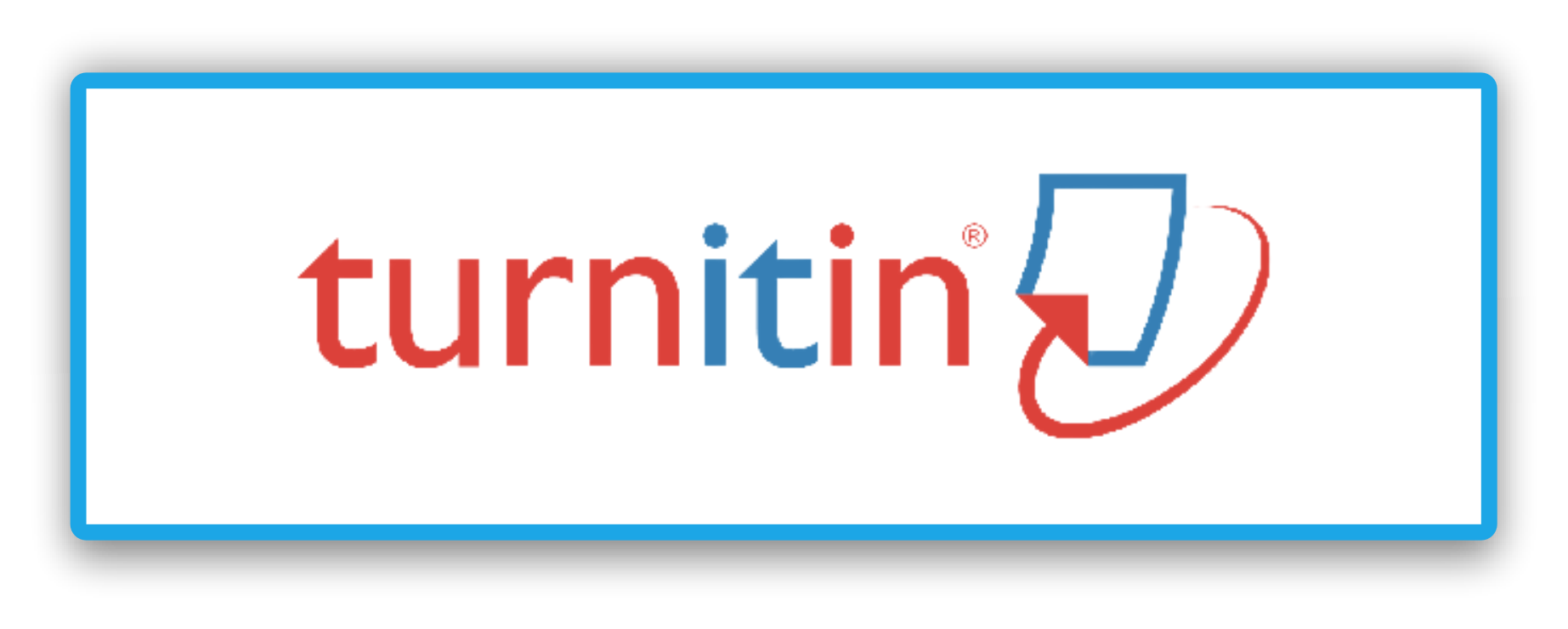Learning Tahfidz Quran Method in North Lintau Buo Subdistrict Flat Land District
Abstract
This study aims to describe the method of learning tahfidz al-Qur'an used by teachers in Lintau Buo Utara Subdistrict, Tanah Datar Regency, Students feel bored and bored with the learning methods conducted by teachers and students talk to each other so that students pay less attention to teachers when explaining. This research method is a qualitative type of research. The results of the study showed that teachers in conducting learning tahfidz al-Qur'an in Lintau Buo Utara Subdistrict Tanah Datar district using varied methods such as talaqqi method, verse method per verse, method 5 paragraph 5 verses, takrir method and al-jawarih method so that students are excited, diligent, not bored and not saturated in following the learning tahfidz al-Qur'an in Lintau Buo Utara Subdistrict with the method used by teachers.
Full Text:
PDF (Bahasa Indonesia)References
Bahtiar, A. R. (2016). Prinsip-Prinsip dan Model Pembelejaran Pendidikan Agama Islam. Jurnal Tarbawi, 1(2), 149–158.
Bakar, O. (2015). Science and Technology for Mankind’s Benefit: Islamic Theories and Practices – Past, Present, and Future (M. H. Kamali, O. Bakar, D. A.-F. Batchelor, & R. Hashim (eds.)). Springer. https://doi.org/10.1007/978-981-287-778-9
Fauziah, R., Ritonga, M., & Alrasi, F. (2020). Korelasi Tsiqah Tahfidz Al-Qur’an dengan Maharah al-Lughah al-’Arabiyyah Mustawa Tsalits Ma’had Az-Zubair bin Al-Awwam. EL-TSAQAFAH Jurnal Jurusan PBA, 19(1), 25–36. https: journal.uinmataram.ac.id/index.php/eltsaqafah%0AKORELASI
Hakim, R., & Ritonga, M. (2018). A Study of Religion Education Method With Multicultural Insight. International Seminar on Islamic Education (ISIE 2018) Faculty of Islamic Religion, Universitas Muhammadiyah Ponorogo, July 07th, 2018, Isie 2018, 81–97.
Khafidah, W., Wildanizar, Tabrani, Nurhayati, & Raden, Z. (2020). The Application of Wahdah Method in Memorizing the Qur’an for Students of SMPN 1 Unggul Sukamakmur. IJIEP: International Journal of Islamic Educational Psychology, 1(1), 37–49.
Kholid, R. I. (2017). Alquran Kalamullah Mukjizat Terbesar Rasulullah SAW. Diya Al-Afkar, 5(1), 39–73.
Mohanty, A. (2015). Information Processing and Creative Thinking Abilities of Residential and A Pilot Study. SAGE Open, 1–12. https://doi.org/10.1177/2158244015611452
Muhassin, M., Afifah, K., & Hidayati, D. A. (2019). A Correlational Study on the Students’ Quranic Memorization and Their English Vocabulary Retention. Tadris: Jurnal Keguruan Dan Ilmu Tarbiyah, 4(2), 171–178. https://doi.org/10.24042/tadris.v4i2.4867
Nurlaili, Ritonga, M., & Mursal. (2020). Muroja’ah Sebagai Metode Menghafal al-Qur’an Studi Pada Rumah Tahfiz Yayasan Ar-Rahmah Nanggalo Padang. Menara Ilmu, XIV(02), 73–82.
Ramdane, T., & Souad, M. (2017). Towards a New Approach in the Teaching of the Holy Qur’an. International Journal of Humanities and Social Science, 31(10), 143–152.
Ratnawulan, E., & Rusdiana, H. A. (2015). Evaluasi Pembelajaran. Pustaka Setia.
Salleh, S. M. S. bin S. M., & Baharuddin, A. binti. (2011). Significance of Science and Scientific Thought from the Islamic Perspective. Centre of Quranic Research International Journal Be, 1(1), 73–87. https://ejournal.um.edu.my/index.php/quranica/article/view/5268%3E
Schunk, D. H. (2012). learning Theories an Educational Perspective. University of North Caroline.
Sriyanti, L. (2011). Psikologi Belajar (A. Syukur (ed.)). STAIN Salatiga Press.
Yasir, M., & Jamaruddin, A. (2016). Studi Al-Quran (J. Arni (ed.)). Asa Riau.
DOI: https://doi.org/10.31869/ruhama.v4i1.2617
Article Metrics
Abstract view : 303 timesPDF (Bahasa Indonesia) - 211 times
Refbacks
- There are currently no refbacks.
INDEXED BY :
Pascasarjana UM Sumatera Barat
Jl. Pasir Kandang No.4, Pasie Nan Tigo, Kec. Koto Tangah, Kota Padang, Sumatera Barat 25586.
 This work is licensed under a Creative Commons Attribution-ShareAlike 4.0 International License.
This work is licensed under a Creative Commons Attribution-ShareAlike 4.0 International License.












